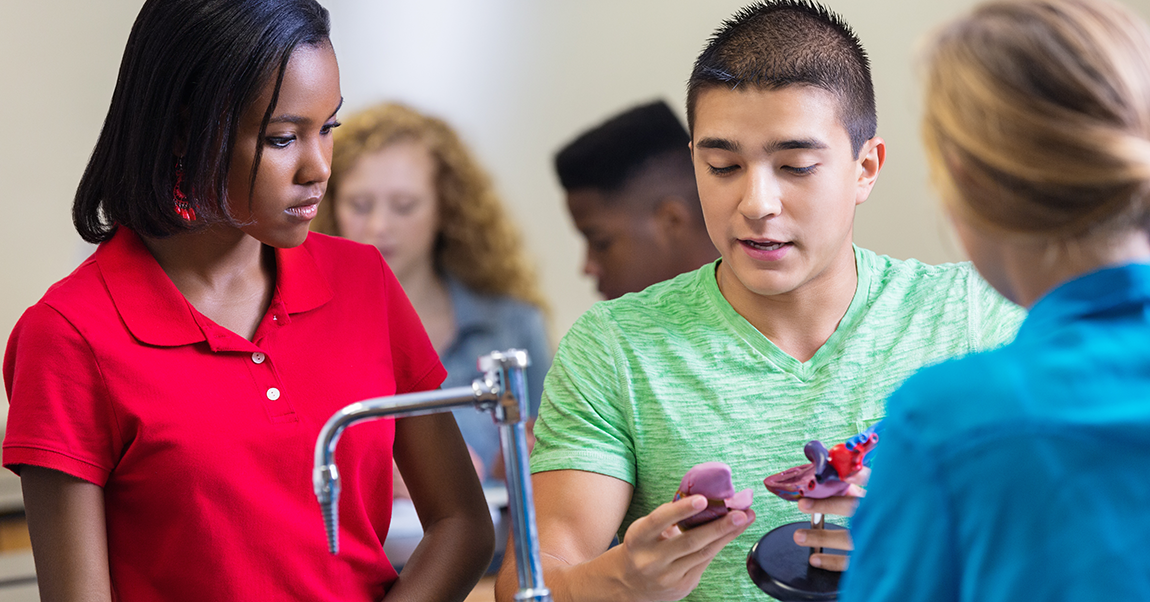
(Originally posted at Accessibility, Compliance, & Equity. This is the latter half of the article; the first half reviewed the basics of what PBL is and is not.)
Here are three reasons why PBL should be provided to historically underserved students:
1. Project Based Learning promotes deeper learning and builds 21st century success skills.
Students need to know more than superficial factual knowledge. In a world where information is readily accessible, they need to know how to evaluate it and apply it. To be able to think about the complex issues we face today, students need to understand the key concepts that underlie academic disciplines, not simply memorize facts and regurgitate them on a test. And in the modern workplace, employees need skills such as problem-solving, collaboration, communication, project management, and creativity—all of which are gained through PBL. These should be goals for all students, not just some.
2. Project Based Learning makes school more meaningful and engaging.
Most students, especially at the secondary level, are bored at school, at least some of the time. Many are bored most of the time. This can lead to disengagement from learning, behavior and attendance issues, and even dropping out. Not that schoolwork always has to be “fun,” but when students’ hearts are engaged by a good project, their minds will follow.
Students who have been historically underserved by our education system are especially in need of the authentic engagement that comes with PBL when teachers design projects that speak to students’ lives, cultures, and identities. Just telling these students to work hard on assignments that seem irrelevant to their lives “because you’ll need this later” is not going to cut it. Schoolwork should be meaningful to them now.
3. Project Based Learning can be transformative for students.
PBL projects that focus on real-world issues or problems, or bring students into contact with people in local communities or more distant experts and stakeholders, can give students experiences they rarely have in traditional classrooms. When students make an impact on their community or the wider world, they gain a sense of their own agency, which is especially important for students from disadvantaged backgrounds. They show, to adults and to themselves, that they can take responsibility and are ready to contribute to solutions. In projects that expose students to the adult world of work, career interests can be awakened.
Why isn’t PBL provided to all students?
There are many answers to this question, ranging from beliefs about historically underserved students, to test-based accountability systems, to structural constraints in schools. Since PBL is still only beginning to make inroads into mainstream classrooms and schools, it’s not like the majority of students from advantaged backgrounds are currently experiencing PBL either. But we see these four challenges that especially impact access to PBL for students who are furthest from educational opportunity:
1. PBL is often reserved for gifted programs, or special add-ons like genius hours or maker spaces, which are more often seen in wealthier schools. We advocate for PBL to be a regular (if not necessarily the only) form of instruction throughout a school’s program.
2. The importance of standardized tests makes teachers and school leaders hesitant to shift to PBL. However, schools that have high test scores might feel more freedom to try PBL; those with low test scores often stick to literacy and math programs that focus solely on raising them.
3. Some educators believe their students are not “ready” for PBL and need to build skills first. All too often, this results in students who are “below grade level” being given stacks of worksheets and low-level tasks. Needless to say, this usually disengages them further from school. With well-designed projects and appropriate scaffolding, all students can handle PBL.
4. Too many teachers, particularly some white teachers of students of color, have low expectations for their students. Gold Standard PBL strikes them as far out of reach for “their kids.” It’s not; PBL teachers tell us they’re often pleasantly surprised by what their students can accomplish.
We can overcome these challenges.
In our work with schools and districts, we’re seeing it happen; no matter what their background or where they live, more and more students are being engaged by their teachers in high-quality PBL, and seeing the results. Let’s get to it—because all students deserve the benefits PBL delivers.

